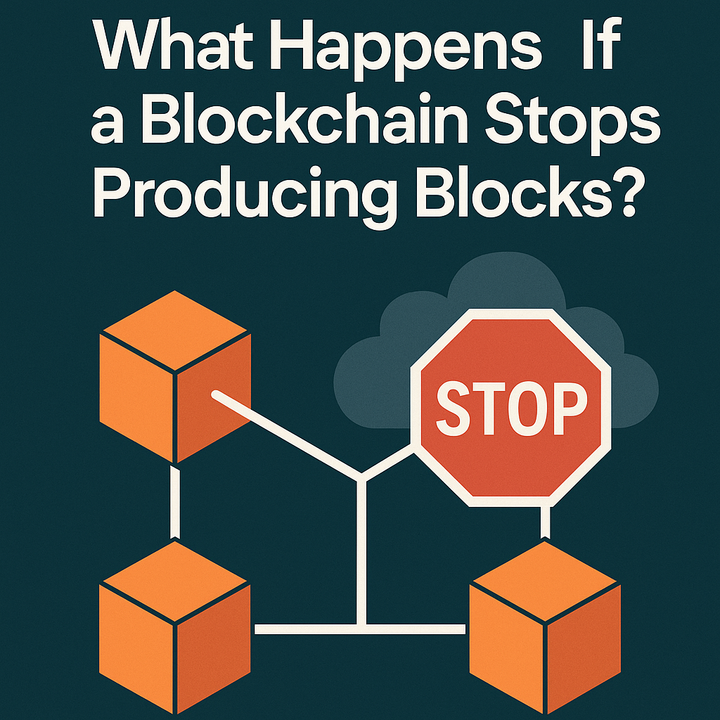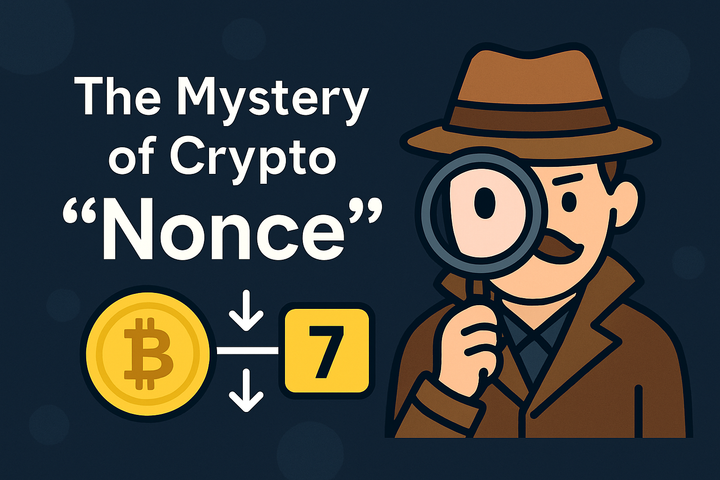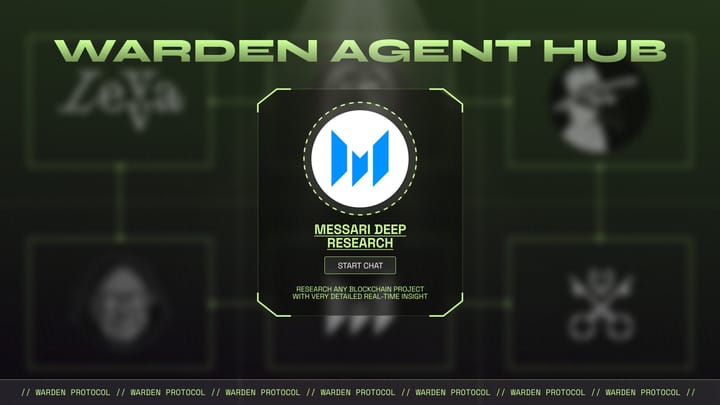DeFi's Legal Awakening: How New Regulations Are Reshaping the Future of Decentralized Finance

INTRODUCTION
Decentralized finance (DeFi) was born from a desire to build open, permissionless financial systems. But as adoption grows and institutional players inch closer, regulation is no longer just a distant storm, it’s here. And it’s changing everything.
From the SEC’s latest moves on stablecoins to global efforts aimed at digital asset transparency, the DeFi space is entering its regulatory era. While this might seem like a threat to DeFi’s permissionless ideals, it’s an opportunity, a signal that DeFi is maturing. Let’s break it all down.
Why Regulation Matters More Than Ever
For years, DeFi has thrived in regulatory grey zones. But now:
- The U.S. SEC is cracking down on projects they consider unregistered securities.
- Stablecoins are under direct scrutiny, with Circle, Tether, and PayPal’s PYUSD now facing expectations of transparency.
- Brokers and exchanges are in focus, especially on how they interact with decentralized protocols.
As regulators begin treating DeFi platforms with the same seriousness as TradFi institutions, builders must pivot. And many are.
"Regulation doesn’t kill innovation, lack of clarity does."
The real winners in the next phase of crypto won’t just be those with flashy features; they’ll be the ones building compliance into decentralization.
How Projects Are Responding
1. Self-Custody First, Compliance Later
Platforms like Paradex are pioneering a new model: fully on-chain perpetual and options trading while maintaining self-custody for users. That means they never touch your assets, aligning with many regulatory preferences.
- No account creation or KYC.
- Direct wallet trading with full on-chain execution.
- Advanced features like options, are rarely seen in DeFi.
Paradex isn’t just building for decentralization, it’s building defensibly.
Read more: What is Paradex?
2. Protocols Embracing Transparency
Mitosis is a standout here. As a DeFi liquidity layer, Mitosis focuses on:
• Cross-chain transparency
• Open-source codebases
• Auditability of bridge flows and rewards
These are key features regulators want to see: auditability, traceability, and safety.
Learn more from Mitosis:
• What is Mitosis?
• How the Mitosis router works
The Global Outlook: Not All Regulation Is Equal
While the U.S. has taken a harsh tone, other regions are more welcoming:
- Europe’s MiCA regulation offers clearer crypto guidelines.
- Hong Kong is opening up to regulated crypto exchanges.
- Nigeria and South America are embracing stablecoins and blockchain transparency.
Projects building with multi-chain and cross-border functionality, like Mitosis and LayerZero, are well-positioned to serve users globally despite jurisdictional changes.
What This Means for You (as a Builder or Trader)
If You’re a Builder:
• Build with transparency from day one
• Embrace composable compliance tools (think KYC modules, audit logs)
• Prioritize self-custody + modular compliance
• Learn from examples like Mitosis staking and governance to understand how decentralization and compliance can coexist
If You’re a Trader:
• Choose platforms that offer clear asset control, like Paradex
• Verify if protocols are audited, verifiable, and decentralized
• Follow trusted sources (e.g. Mitosis University) for educational updates
DeFi Isn’t Dying—It’s Growing Up
The projects that will lead this next era of DeFi won’t be the flashiest, they’ll be the ones ready for the real world.
Paradex, Mitosis, and others like them aren’t just adapting to regulation. They’re turning it into an advantage.
The future of DeFi isn’t just decentralized. It’s defensible.
References
• SEC Stablecoin Report 2025
• Mitosis Docs
• Mitosis: What is Mitosis?
• Mitosis Bridge Mechanics
• Mitosis Router Overview
• Mitosis Governance
• Paradex Documentation
• Paradex Stats
• MiCA Crypto Regulation Explained
• DLA Piper’s 2025 DeFi Trends



Comments ()